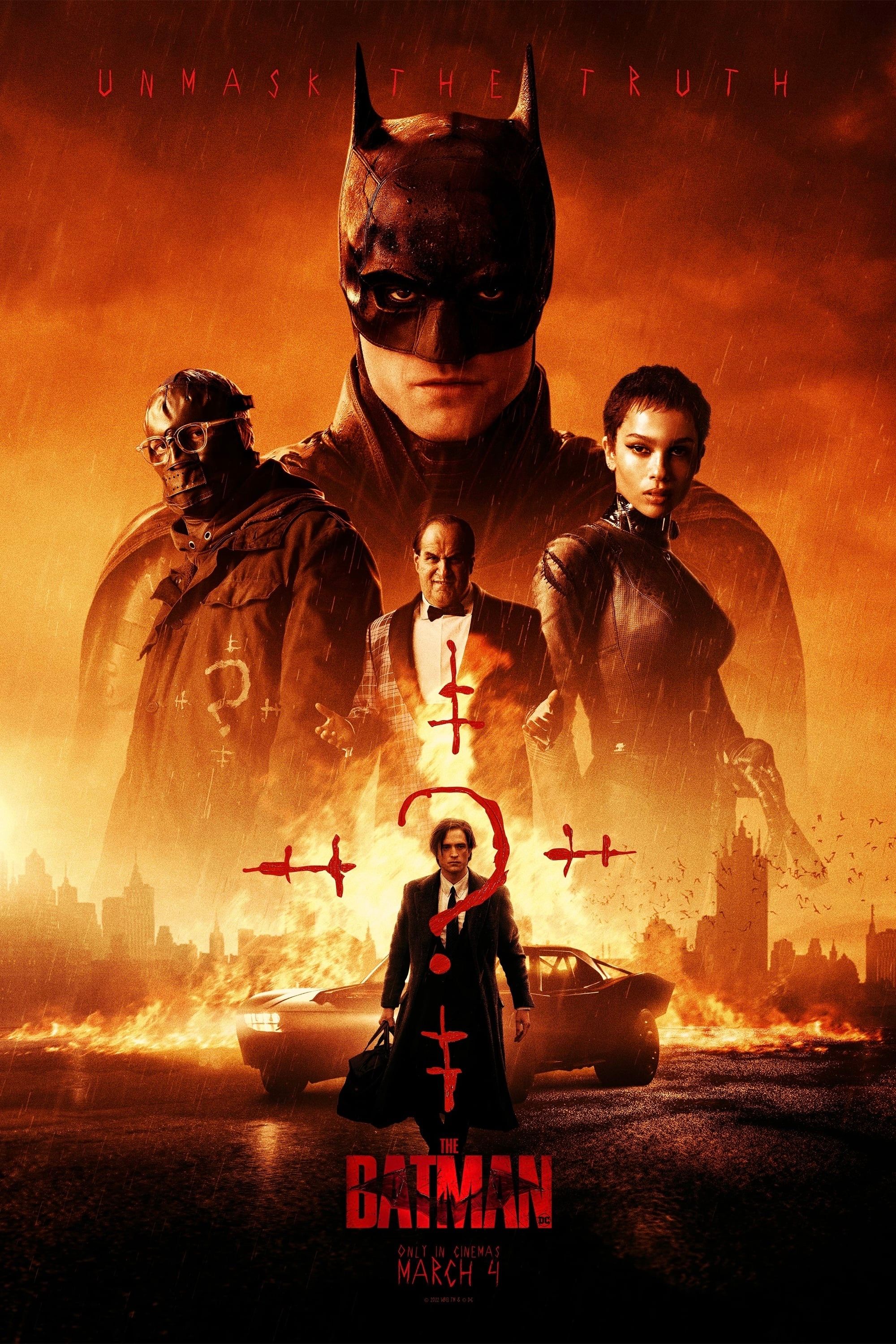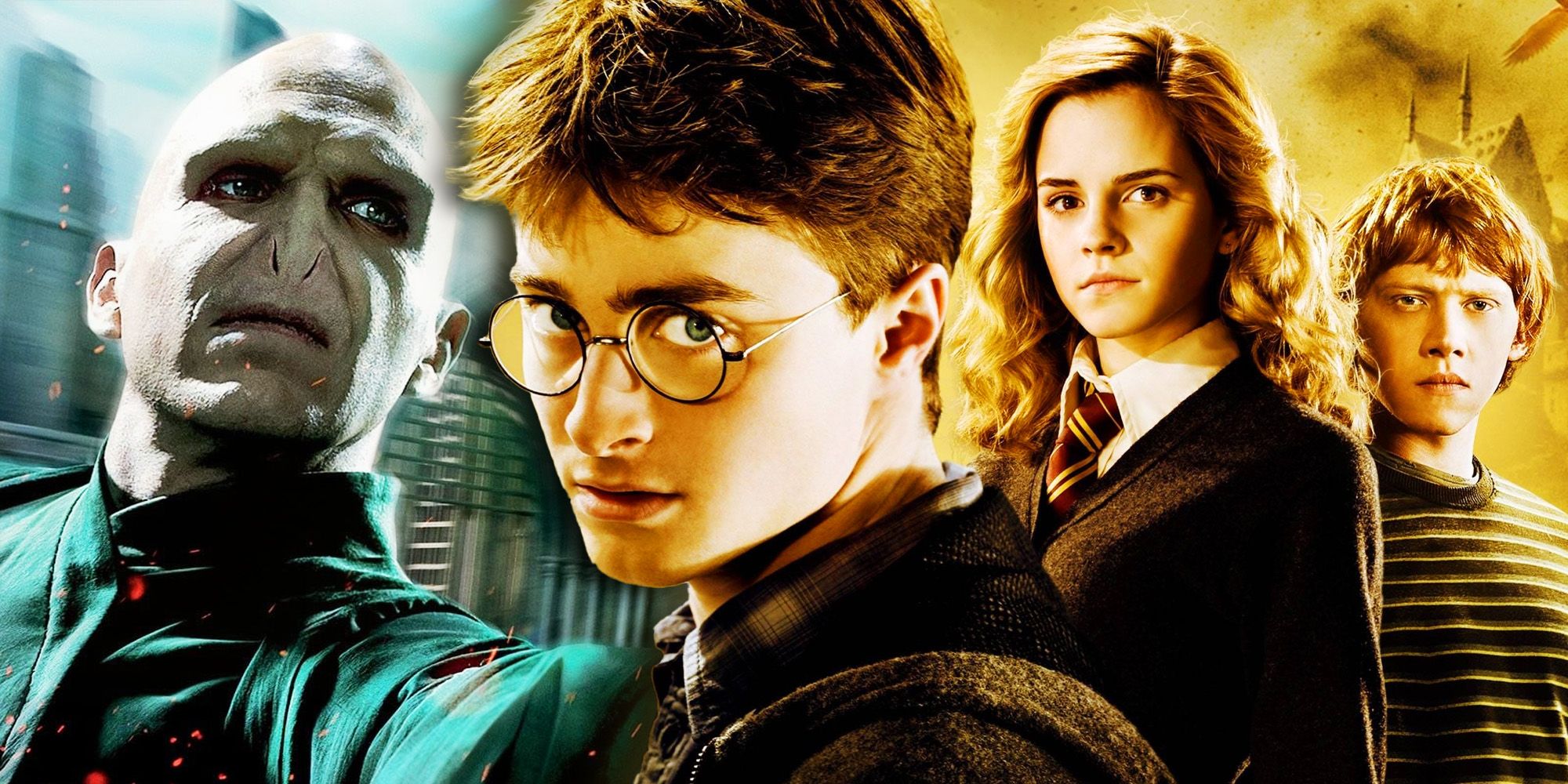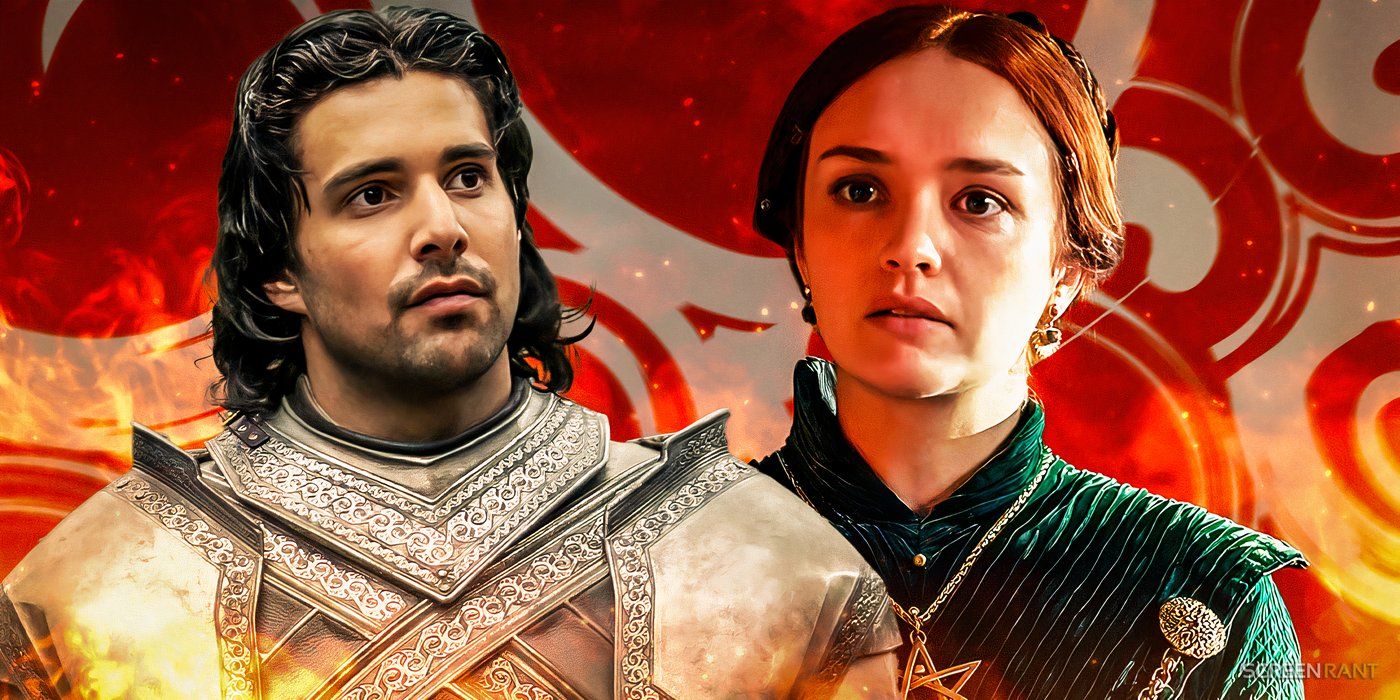Ryan Murphy’s latest anthology series is the FX darkly comedic drama Feud: Bette and Joan, starring Susan Sarandon and frequent Murphy collaborator Jessica Lange. The series sets its sights on the enmity of Bette Davis and Joan Crawford, a pair of famous women whose waning celebrity forced two bitter rivals to play nice enough they could both star in What Ever Happened to Baby Jane?, a film deemed capable of reigniting their careers in an industry known for assigning women much shorter shelf lives than their male counterparts. The result is an eight-episode story laser-focused on the production and immediate aftermath of that film, and a test-case of sorts for Murphy’s growing anthology industrial complex that has churned out six seasons of American Horror Story and one triumphant installment of American Crime Story, with The People v. O.J. Simpson.
In many ways, Feud represents the middle ground of those two series. Aware the spectacle of its vast star power – Sarah Paulson, Catherine Zeta-Jones, Kathy Bates, Stanley Tucci, and Alfred Molina all have roles in the series – Feud never quite slips entirely into the unfiltered expression of Murphy’s id that American Horror Story is known for. Neither does it exude the well tempered restraint of People v. O.J. Simpson, which, in addition to the awards it garnered last year deserves to be recognized most of all for somehow not being the complete trash fire it seemed destined to become. As such, walking the midway point between camp and intense emphasis on a single aspect of its subjects’ lives results in Feud becoming at once too reliant on its aforementioned star power and an engaging pleasure to watch for pretty much the exact same reason.
In the pilot, which was written and directed by Murphy, there is a familiar salacious maximalism baked into every scene of the premiere; no opportunity to acknowledge Davis and Crawford’s distaste for one another goes unmentioned. The same goes for the arduous efforts undertaken to maintain their looks, scrutinized by Hollywood’s sexist double-standard that saw their male contemporaries celebrated and arguably considered more appealing as they aged. One lengthy sequence involves Crawford scrubbing her elbows with fresh-cut lemons before submerging her face in a sink full of ice and witch hazel. As if the futile beautification practices weren’t enough, Murphy positions Lange in front of a huge mirror, allowing the audience to watch as she watches herself. The moment intends to be an ultra-specific examination of the trappings of superficiality. It succeeds, but only because it finds everything it needs to say floating along the surface of the text.
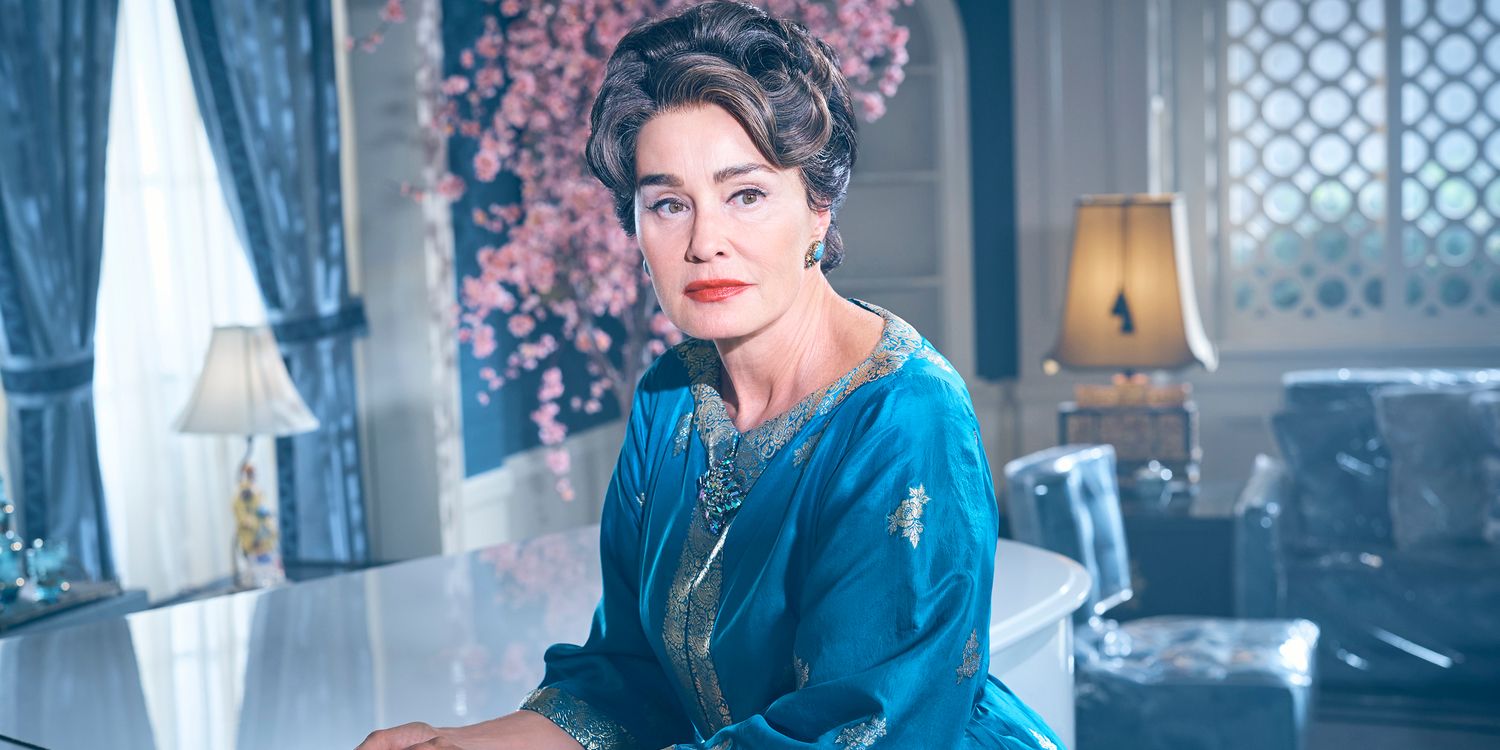
At a certain point, though, where Feud endeavors to comment on the empty trappings of vanity and the superficiality of an industry obsessed with the power and money that come from having youth and beauty and talent – sometimes in that order – the series itself falls into a repetitious cycle regarding that very claim. This is well-trodden territory for Murphy. His FX series Nip/Tuck spent six seasons circling the subject, while American Horror Story – especially in Coven and Freak Show – has dealt with the notion of ageism as it pertains to women whose marketable beauty was an irreducible component of their persona. Murphy underlines the bitter irony that Crawford was a sex symbol early on in her career, but the effort to emphasize the cost of that objectification years later is weakened in the astringent waters of the show’s sometimes surface-level explicitness.
The directness of Feud has an impact on the story arc, too. Even at just eight hours, the first few episodes (critics have seen the first five) moves too quickly through the production of What Ever Happened to Baby Jane? and is somehow left with time to fill. Normally someone like Murphy isn’t at a loss for how to fill an hour, as he has certainly never been thought of as shy about indulging his creative impulses, whatever they may be. Still, Feud wanders in the wake of the film’s production and the build-up to awards season, and often resorts to satisfying the bulk of that time with storytelling elements that might have had greater impact had they been told within the framework of an actual film production.
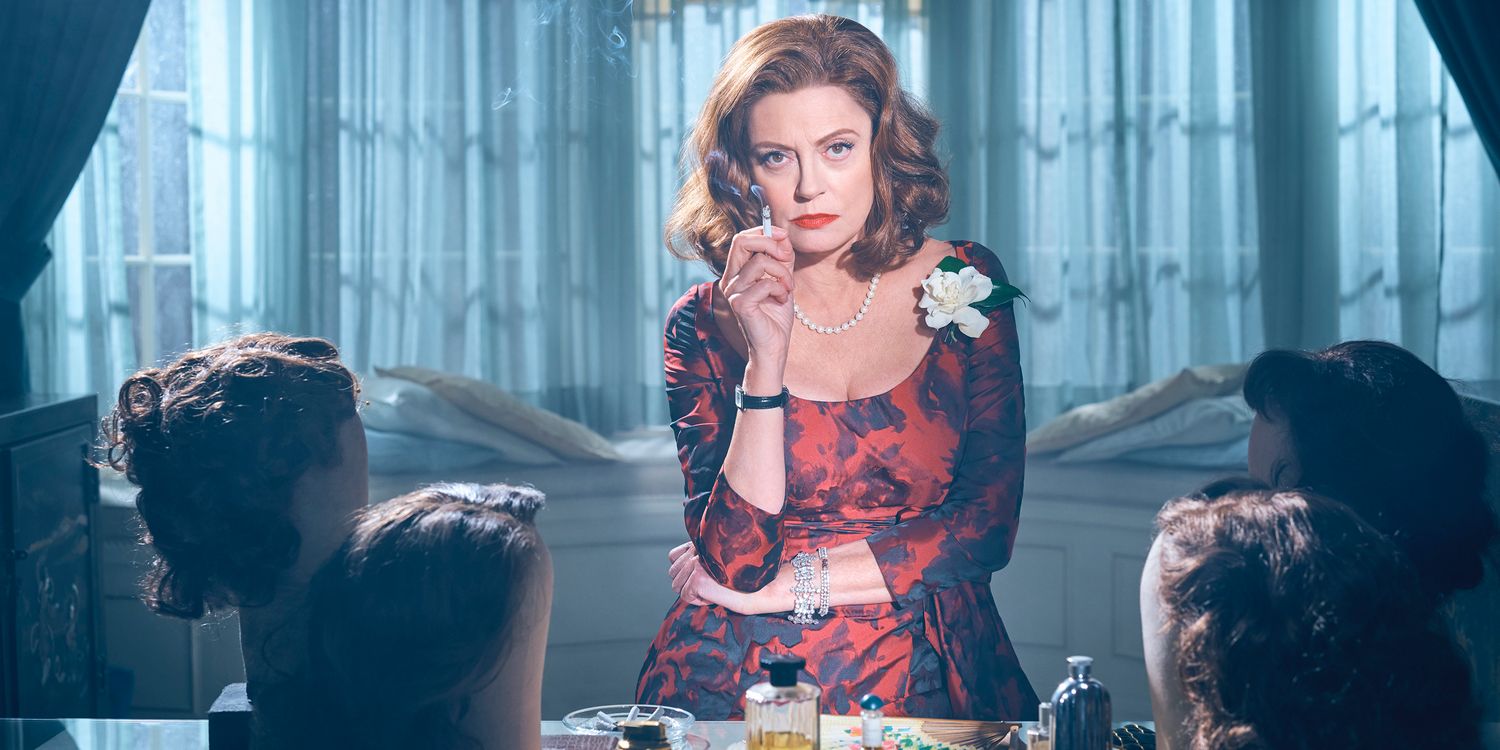
There is some indulgence to a certain degree, though, and that gives Feud an edge few other shows possess. Time spent after production on the film has wrapped is spent not only with Lange and Sarandon, but also the aforementioned Paulson, Bates, and Zeta-Jones, which is, in its own way, perhaps the show’s most implicit comment on its subject matter. The stars turn in tremendous performances despite sometimes being relegated to a mere talking head in an on-camera interview á la American Horror Story season 6. But if Murphy’s intention is to address the fluctuating superficial concerns of Hollywood and what drives tentpole film releases versus what gets a TV show greenlit in the present-day he may have accomplished his goal.
In the end, though, Feud: Bette and Joan succeeds by subverting the viewers’ expectations in such a way as to promise a catfight and then deliver a story that not only isn’t that but practically admonishes those who tuned in for one. The subversion is also of Murphy’s creative instincts, in that the dressing-down of those expecting precisely what the show is selling results in the perceived pettiness of its two subjects being reflected back at the audience for having wanted to indulge in such base delights. Feud promises a catfight and gradually gets closer to delivering something far more interesting.
Next: FEUD Season 2 Will Cover Princess Diana and Prince Charles
Feud: Bette and Joan continues next Sunday with ‘The Other Woman’ @10pm on FX.
Photos: FX
